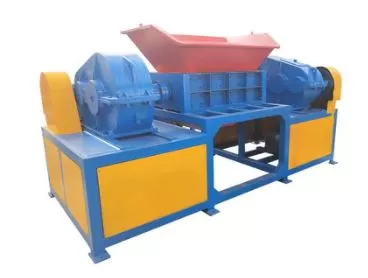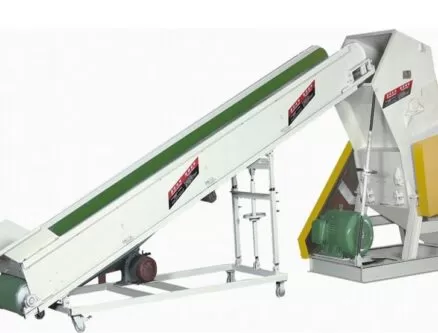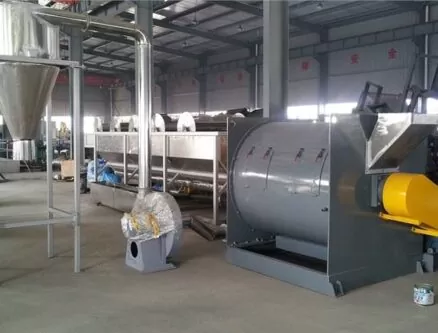You’ve probably noticed plastic piling up everywhere. In our homes. On beaches. Even in places we didn’t know existed. The problem? It’s not going away on its own. And the guilt? Oh, it’s real. That’s where efficiency comes in. We need smarter recycling, not just “feel good” tossing things in the blue bin. I’ve spent years in the plastic recycling industry, and believe me — there’s a huge difference between recycling and recycling right.
The most efficient way to recycle plastic is to use advanced mechanical recycling for clean, single-type plastics and chemical recycling for complex or contaminated plastics. This combination maximizes recovery rates, reduces landfill waste, and cuts down virgin plastic production by up to 60%. It’s not just about machines; it’s about sorting, cleaning, and choosing the right process for each type of plastic.
Sounds too technical? Trust me, it’s simpler than it sounds — and way more interesting when you see how it works in practice.

Why does sorting matter so much?
Here’s the unglamorous truth: recycling starts with sorting. If you dump PET bottles, PVC pipes, and food-contaminated film into the same batch, you get the recycling equivalent of a bad smoothie — murky, useless, and definitely not what you want.
Efficient sorting, often using AI-powered optical scanners, boosts recovery rates by over 30%. The cleaner and more uniform the material stream, the better the final recycled pellets. In my factory, we’ve invested in sorting tech that can tell the difference between a soda bottle and a ketchup bottle faster than you can blink.
Is washing plastic really that important?
Absolutely. Think of it this way — you wouldn’t bake a cake with dirty flour, right? Same goes for plastic pellets. Any leftover oil, food, or label glue can ruin a recycling batch.
Hot water washing systems combined with friction washers can remove up to 99% of contaminants. This not only improves the quality of the final product but also makes it safer for reuse in packaging and even food-grade materials. And yes, I’ve seen dirty yogurt cups turn into sparkling, high-grade flakes ready for a new life.
Mechanical recycling or chemical recycling — which wins?
Mechanical recycling is the king for clean, single-polymer plastics like PET or HDPE. It’s faster, cheaper, and consumes less energy. But when plastics are multi-layered, contaminated, or mixed, mechanical methods struggle.
Chemical recycling steps in here, breaking plastics back into their original monomers. This can recover materials mechanical recycling can’t touch — think potato chip bags or medical waste plastics. The combination of both methods gives the highest efficiency and keeps over 80% of plastics out of landfills.

Does machine quality really make a difference?
Oh yes. A top-tier shredder or granulator is like the difference between a chef’s knife and a rusty butter knife. High-speed, precision cutting ensures uniform flakes that feed better into the next recycling stage.
At Amige, we’ve developed shredders with blade designs that not only cut cleanly but also last longer, reducing downtime and maintenance costs. It’s no coincidence our clients see a 15% inscrease in throughput after upgrading.
How can we deal with mixed plastic waste efficiently?
Mixed plastic waste is every recycler’s headache. But instead of throwing it into incinerators, advanced separation systems — like density baths and electrostatic separators — can split them by polymer type.
Paired with chemical recycling, this turns what used to be “non-recyclable” into new raw material. We’ve done projects where entire loads of mixed packaging waste were turned into usable resin, cutting landfill contribution by 45%.
What role does consumer behavior play?
Here’s the inconvenient truth — even the best technology fails without public cooperation. If households and businesses pre-sort and avoid contaminating recyclables, the process becomes infinitely more efficient.
Education campaigns and simple steps — like rinsing containers and not mixing plastic with other waste — can make a massive difference. Countries with strong public recycling habits achieve recovery rates of over 70%.

Conclusion
Efficient plastic recycling isn’t one magic trick — it’s the perfect recipe of sorting, cleaning, choosing the right recycling method, and yes, public cooperation. That’s how we win the plastic battle.
